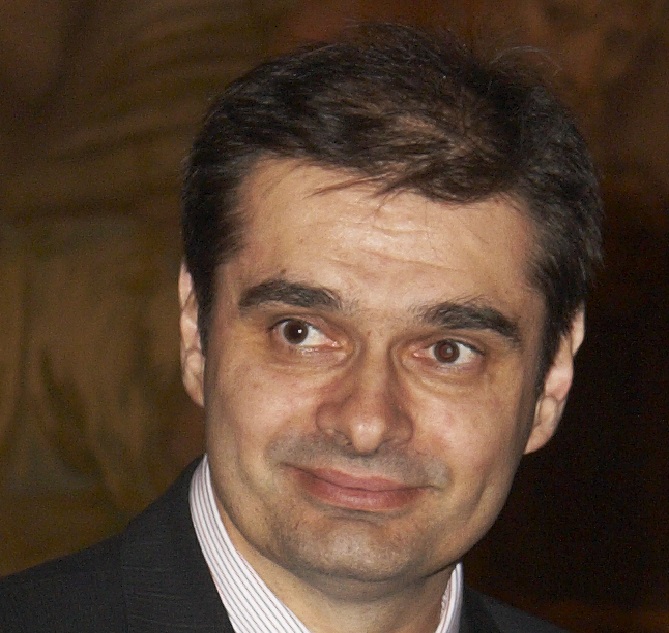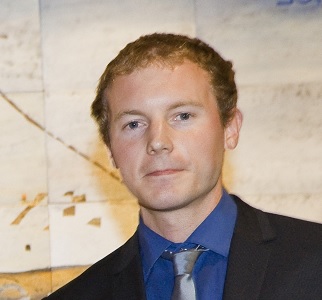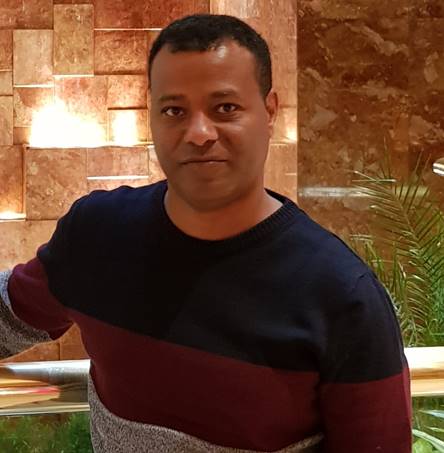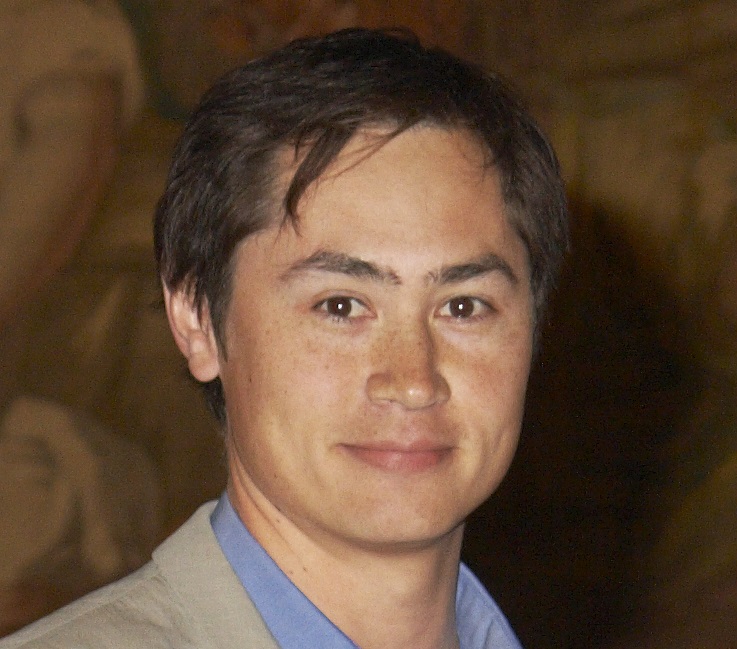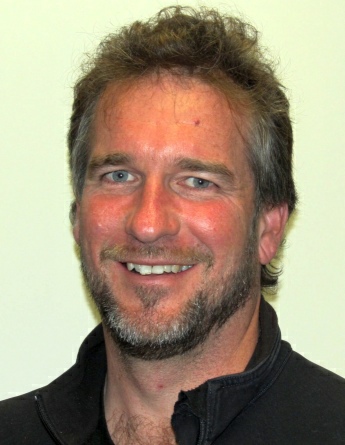
Search
27 Oct Multiple Sclerosis & other Inflammatory Diseases
Watch Dr Vivien Li accept the research grant award and hear a bit about the project. Multiple sclerosis (MS) is an autoimmune disorder of the brain that leads to problems...09 Dec EPILEPSY
...of the brain responsible for the generation of MSNA. Using this state-of-the-art brain imaging protocol, this research promises to identify changes in the brain associated with epilepsy that increase the...31 Oct Brain Tumours
Project Summary: Despite decades of intensive research a patient diagnosed with glioblastoma, a devastating form of brain cancer, still faces a dismal prognosis of only 15-18 months’ survival. Trials of...11 Feb Brain Tumour Award
Brain Tumour Award funded by Phyllis Chard Bequest Vitamin E analogues selectively suppress brain cancer. Dr Jiri Neuzil Griffith University...16 Oct Brain Tumours
Project Summary: Gliomas are the most prevalent brain tumours and predominantly arise from glial cells. The World Health Organization (WHO) grades gliomas on a scale of I to IV, reflecting...11 Feb Brain Tumour Award
Brain Tumour Award funded by Phyllis Chard Bequest Characterising the tumourigenicity of brain tumour “stem cells” and their sensitivities to anti-cancer agents. Dr Christine Hawkins Children’s Cancer Centre, Murdoch Children’s...11 Feb Perinatal Brain Development Award
Perinatal Brain Development Award funded by Allen & Patricia Ellen Coulson Estate and Heidenreich Bequest Long-term neuroprotection in the preterm brain: Targeting neuroinflammatory mediators to reduce white matter damage induced...26 Jan Stroke Award
...often irritability and aggression. Certain proteins (amyloid and tau) are found in the brains of patients with AD. These proteins act to accelerate cell death in the brain, which has...20 Jan Brain Tumours
PROJECT SUMMARY: Medulloblastoma is a malignant brain tumour that is the most common cause of cancer-related death in children. Recent studies have described at least four distinct subgroups of medulloblastoma...15 Jan Brain Tumours Award
PROGRESS REPORT: It has become apparent that despite identical appearances under the microscope, brain cancers designated as glioblastoma multiforme (GBMs) may have greatly varied clinical courses & responses to treatment....16 Apr Workplace Giving
Workplace Giving allows you to help fund crucial research into brain disease, disorders and injury by making a regular, tax-deductible donation to the Brain Foundation through your employer’s payroll system....12 Oct Brain Tumour
...ear to the brain are protected and insulated by a special type of cell called a Schwann cell, that wrap around nerve cells. Sometimes there is an unrestrained growth of...22 Feb Crisis in Care: Australia Faces Unprecedented Migraine Medication Shortage
...neurosurgeons, the Brain Foundation remains the largest independent, non-government funder of neurological and neuroscientific research in Australia. The Brain Foundation is a nationally registered charity dedicated to funding the highest...11 Feb Brain Tumour Award
Brain Tumour Award funded by Phyllis Chard Bequest Identifying new molecular targets for treating brain tumour. Dr Bryce Vissel Garvan Institute of Medical Research...11 Feb Brain Tumour Award
Brain Tumour Award funded by Phyllis Chard Bequest Dysembryoplastic neuroepithelial tumour: Seizure focus localisation using functional MRI with continuous EEG recording. Dr Regula Briellmann Brain Research Institute Co-Investigator: Professor Graeme...11 Dec Familial Dysautonomia
...the age of 30. Further Information and Support Click here for the latest Australian research papers on Dysautonomia. National Institute of Neurological Disorders and Stroke https://www.ninds.nih.gov/Disorders/All-Disorders/Dysautonomia-Information-Page Dysautonomia Foundation – USA...11 Dec Friedreich’s Ataxia
...Australia fara.org.au Friedreich Ataxia Research Alliance – USA curefa.org National Institute of Neurological Disorders and Stroke – USA www.ninds.nih.gov/health-information/disorders/friedreich-ataxia Reviewed by Dr Dominic Rowe, Neurologist, Royal North Shore Hospital, Australia...16 Oct Cerebral Diseases
...of the funding provided by the Brain Foundation. Project Summary: Our goal is to develop new ways to treat a blood vessel disorder that occurs in the brain called arteriovenous...26 Oct Alzheimer’s Disease and other dementias
...2,800 children are born with a genetic disorder which causes childhood dementia. Sanfilippo syndrome, among these genetic disorders, is particularly tragic and currently has no cure. Children born with Sanfilippo...16 Oct Cerebral Diseases
...of the funding provided by the Brain Foundation. Project Summary Cerebral small vessel disease (CSVD) is a common feature of the ageing brain, associated with up to 45% increased dementia...14 Feb Parkinson’s Disease
...phone (1800 022 222), available 24 hours a day, 7 days a week. Funded by the governments of Australia. www.healthdirect.gov.au National Institutes of Health – USA https://www.ninds.nih.gov/Disorders/All-Disorders/Parkinsons-Disease-Information-Page Michael J Fox...23 Nov Share your story
Are you living with a brain disease, disorder, or injury? Share your story to help raise awareness for these important conditions. When it comes to brain disease, a list of...20 Jan Parkinson’s Disease
PROJECT SUMMARY: Many of the debilitating symptoms of attention deficit and hyperactive disorder, schizophrenia and drug addiction are caused by abnormal increases or decreases in the amount of a neurochemical...
 The Brain Foundation is the largest, independent funder of brain and spinal injury research in Australia. We believe research is the pathway to recovery.
The Brain Foundation is the largest, independent funder of brain and spinal injury research in Australia. We believe research is the pathway to recovery.PLEASE HELP US BY DONATING TO OUR RESEARCH PROGRAM.
